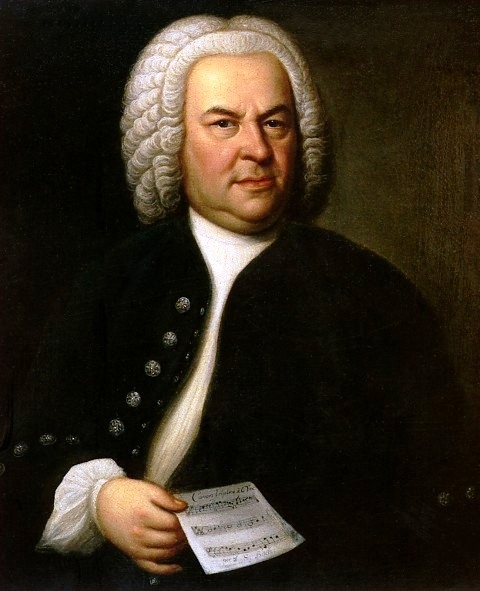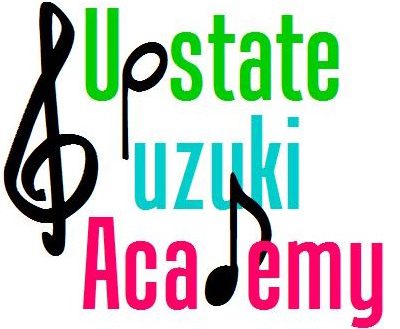The is the first of a series I’m calling “Listen With Me”. Each month we will explore a piece by a famous composer. I will include a video, with links to additional videos and activities, in case you’d like to explore further.
I am basing the selections on a book called “Classical Music: The 50 Greatest Composers and Their 1,000 Greatest Works”.
Johann Sebastian Bach
It is virtually impossible to study music without including Johann Sebastian Bach. His music has been transcribed for just about every instrument out there. I’ve heard Bach pieces played on the banjo, trombone, and saxophone (all instruments that didn’t exist in his time).

Born in 1685 to a musical family, Bach had exposure to music and spent his free time studying pieces and copying them to learn the art of composition and transcription. He was orphaned at age 10 and lived with his brother before moving out to continue his musical training around the age of 15. By age 18, he was back in his home region of Germany and working for various Protestant churches. He was the fifth generation of Bachs in the music trade, and his children and grandchildren continued the work.
While he was most known for he keyboard compositions, being a keyboardist and organist, he wrote some beautiful string compositions, as well. If you have the time, do check out some of his wind pieces, too. He wrote some beautiful oboe pieces, in addition to the oratorios and masses he is also known for.
Concerto in D minor for Two Violins, BWV 1043
Our first piece today is Concerto for Two Violins in d minor, BWV 1043. This piece is actually only of the big milestones in the Suzuki Violin School curriculum, and students study it at the end of Book 4 and Book 5.
During the Baroque period, concertos were written for solo instruments, but they were accompanied by small chamber groups, instead of pianos or full orchestras, as they are today. The piece has three movements, which is typical of the time: Vivace (fast), Largo ma non tanto (slow), Allegro (medium).
As you watch and listen, be sure to notice has the instrumentalists communicate with each other. They are not led by a conductor. Also, notice how the instrumental parts take turns and echo each other, or compliment each other in their melodies and harmonies.
If you’d like to compare other performances, here are a few to choose from:
